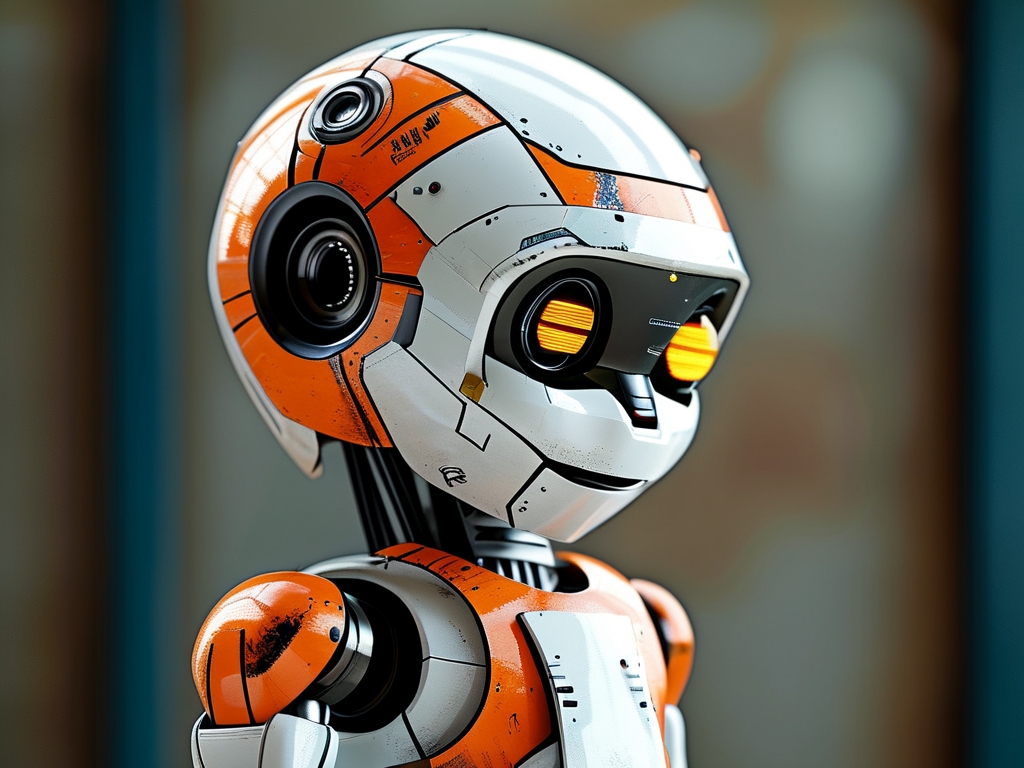The year 2009 marked a pivotal moment in the history of robotics, as advancements in artificial intelligence, hardware design, and real-world applications converged to redefine the capabilities of machines. This period witnessed groundbreaking innovations that laid the foundation for modern robotics, bridging the gap between theoretical research and practical implementation. From industrial automation to humanoid assistants, 2009 set the stage for a new era of technological integration.

Industrial Robotics: Precision Meets Productivity
One of the most significant developments in 2009 was the rapid adoption of industrial robots in manufacturing. Companies like ABB, Fanuc, and KUKA unveiled robotic systems with unprecedented precision and adaptability. For instance, KUKA’s KR QUANTEC series, released in late 2009, introduced modular designs that reduced energy consumption by 25% while handling payloads of up to 1,300 kg. These robots were instrumental in automotive assembly lines, where tasks like welding and painting saw error rates drop to 0.02%. The global industrial robotics market grew by 12% that year, driven by demand from emerging economies like China and India.
Service Robots: Stepping into Daily Life
Beyond factories, service robots began making headlines. iRobot’s Roomba 500 series, launched in 2009, became a household name, selling over 2 million units globally. Its improved navigation algorithms and dirt-detection sensors showcased how robots could integrate into domestic environments. Meanwhile, in healthcare, the da Vinci Surgical System completed its 100,000th procedure, demonstrating the viability of robotic-assisted surgery. Hospitals reported shorter recovery times and reduced complications, sparking debates about the ethics and accessibility of such technologies.
Humanoid Robotics: The Rise of Social Machines
Humanoid robots took center stage in 2009, blending mobility with social interaction. Honda’s ASIMO, a bipedal robot first introduced in 2000, received critical upgrades in 2009, including the ability to run at 6 km/h and recognize faces in crowded rooms. Similarly, Japan’s AIST unveiled HRP-4C, a lifelike humanoid capable of mimicking human gestures and singing. These advancements highlighted progress in balance control, computer vision, and natural language processing—key areas that remain focal points today.
Breakthroughs in Autonomy and AI
Autonomous systems achieved remarkable milestones in 2009. Boston Dynamics’ BigDog robot, developed with funding from DARPA, demonstrated unparalleled stability on rough terrain, a feat enabled by advanced hydraulics and machine learning algorithms. Meanwhile, Google’s self-driving car project (later Waymo) began discreet road tests, leveraging LIDAR and mapping technologies that would revolutionize transportation. On the software front, reinforcement learning algorithms saw improvements, allowing robots to “learn” tasks like object sorting without explicit programming.
Challenges and Ethical Considerations
Despite the optimism, 2009 also exposed critical challenges. High costs limited robotics adoption to wealthy industries, while technical limitations—such as battery life and sensor accuracy—hindered widespread deployment. Ethical concerns emerged too: labor unions warned of job displacement, and philosophers questioned the implications of emotional bonds with machines, citing studies where elderly patients grew attached to robotic caregivers. Governments responded by drafting preliminary regulations, such as the EU’s Robotics Liability Act proposal, to address safety and accountability.
Legacy and Future Impact
The innovations of 2009 continue to shape robotics today. The principles behind ASIMO’s balance system influenced modern exoskeletons, while industrial robots evolved into collaborative “cobots” that work alongside humans. The year also accelerated interdisciplinary collaboration, merging fields like neuroscience and materials science. As we reflect on 2009, it’s clear that this period was not just about technological leaps but about reimagining humanity’s relationship with machines—a dialogue that remains as urgent as ever.
In , 2009 was a watershed year for robotics, blending ambition with tangible progress. Its legacy lives on in every autonomous vehicle, surgical robot, and smart home device, reminding us that the future of robotics is built on the breakthroughs of the past.

